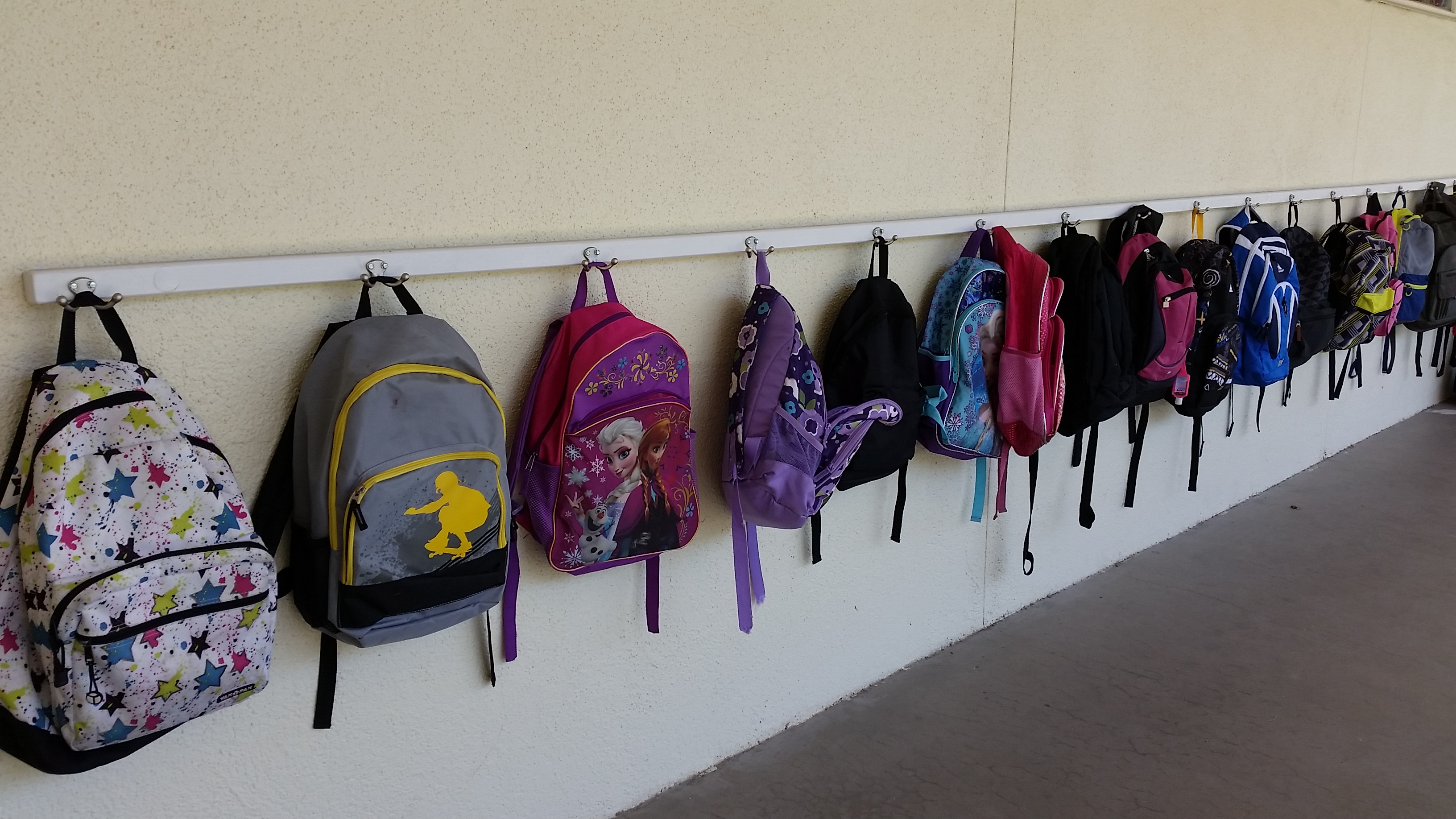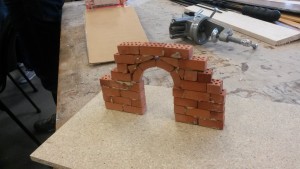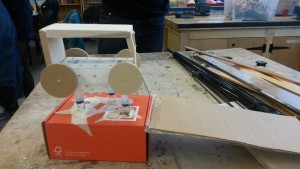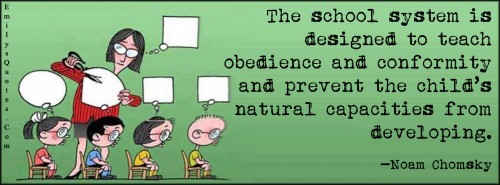There’s no denying that there have been many changes between the classrooms of the past, and the ones of today. One really important change is the increased recognition of the importance of TALK. The didactic methods of teacher speaking and children listening are being challenged to make room for investigation, enquiry, discussion and descovery.
One of my fellow students recently published a post about classroom set up. Her post highlights the idea that we are now creating environments which aim to enable talk. This is a long way from the individual desks and solitary study of the past. (See the above mentioned post here)
This approach to teaching and learning has many benefits. Discussions, whether they are whole class, small group or within pairs can help to engage students by allowing the to feel involved in their own learning. Classroom talk and discussion can also allow the teacher to notice and address mistakes and misunderstandings.
There are also challenges that may arise while encouraging talk in the classroom. It is possible that a few students dominate the discussion, while others sit back and do not take part. It may also be the case that students do not listen to one another, rather, they are keen to have their say even if it is not relevant to the previous points being made.
If a teacher is to use talk and discussion effectively within their class, it is vital that rules and boundaries are put in place. In order for these rules to work, the children should be involved in creating them. Rules should be discussed and should be expressed in language which the children can understand. In this way, the rules will be more meaningful and children will be more likely to follow them.
Rules should also be displayed around the classroom and the children should be reminded of them regularly.
Below is a lovely video from Education Scotland, where children are thinking together about how to contribute to a discussion.
Some rules that I will encourage in my classroom are:
Wait for your turn – If children struggle with this then I may use a visual clue. An example of this which I have used with pre-school children is a ‘talking stick’. The person holding the stick is the only person that may talk. Once they have finished then the stick is passed to another.
Respect others – this means actively listening to the speaker and not talking while someone else is.
Think – When contributing; children should ask themselves: is it helpful? Is it relevant?
Further rules may be added, according to the needs of the class, however I would try to avoid having any more than 5 rules, as a big list is daunting and not accessible for children.
Following my placement block, I would like to revisit this issue. I will observe any ‘class rules’ that are in place within my class and how the teacher reinforces these. I will also observe how class discussion is used and the amount of group talk, pair talk, whole class talk and individual work that takes place.
















 is taking place and the effectiveness for their pupils, while being realistic and flexible enough to make alterations if appropriate. I didn’t realise it until now, but I have used this form of reflection while working within nurseries. Occasionally I would come to the children with a carefully planned activity which had taken me a long time and I was very pleased with. I had clear learning goals and I was adamant that it would work well, however when putting it into practice I found that the children were not engaged. At this point I needed to quickly deduce the reasons that the activity was not working, and make changes.
is taking place and the effectiveness for their pupils, while being realistic and flexible enough to make alterations if appropriate. I didn’t realise it until now, but I have used this form of reflection while working within nurseries. Occasionally I would come to the children with a carefully planned activity which had taken me a long time and I was very pleased with. I had clear learning goals and I was adamant that it would work well, however when putting it into practice I found that the children were not engaged. At this point I needed to quickly deduce the reasons that the activity was not working, and make changes.











